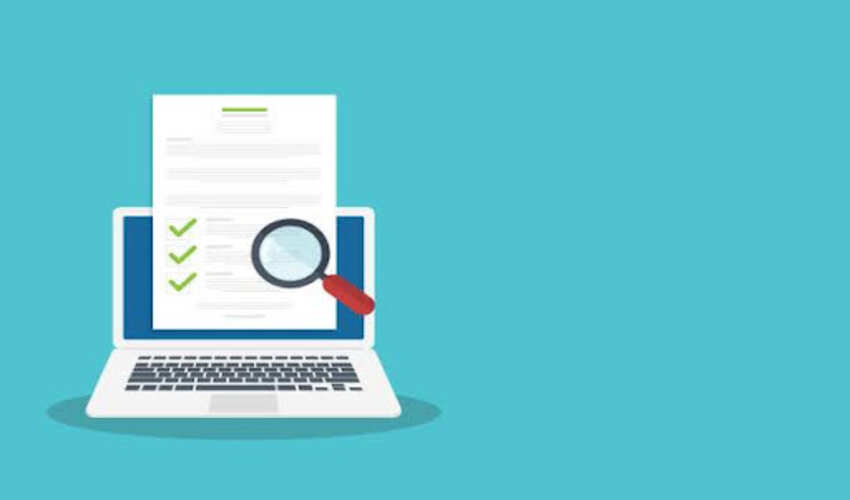Documentation holds a special place in every organization and firm in this digital age. Document verification is done by automated tools so that the chances of document forgery happen at a larger scale, resulting in monetary and identity losses. As the new world of digitization has set new standards for business operations as operations are set to the internet, the fraud risks have increased to another level. As a result, documents must be authentic to examine the information. Due to increased document forgery, one has to be eligible for reliability, which depends on the system. Numerous document forgery detection tools have recently been introduced, and document forensic analysis has gotten the limelight.
Dark Web Offering Forged Documents – Recent Studies
Some fake documents, like passports and driver’s licenses, look real but are more expensive if they are made as physical copies instead of just scanned versions. According to recent studies, a fake Maltese passport could sell for $4,000, while passports from other European Union countries might cost around $3,000. However, a scanned version of a document, like an Alberta driver’s license, might only cost about $140. So, physical fake documents usually cost more than scanned ones on the dark web.
Forensic Analysis of Document Forgery – A Progressive Approach
Document forensic analysis is an apt way to prevent fake documents from causing trouble. Experts use high-tech tools to ensure that real documents are legit and forgery documents do not deceive anyone in this digital world. This helps keep data safe and prevents users from messing things up for businesses.
Experts need a sample of the document while checking it to compare it with any suspicious ones. Forensic document examiners spot forgery documents in different ways, like using unique lights, checking for magnetic ink, or looking closely under a microscope. These methods work together to ensure only actual documents get the green light.
There are different ways to identify forged documents, which are mentioned below:
Examination of Conversions
Forensic experts who check documents use special machines that shine a light that cannot be seen, called ultraviolet light. This light helps them find changes or swaps in the data that eyes can’t catch. Different tools, like a video spectral comparator, show if someone utilize various inks to change what was initially written or signed. Another tool is an electrostatic detection device that can uncover hidden layers of writing, like invisible pages beneath the top one. These gadgets help to spot tricky forgeries that look real.
Printed Documents
When machines like photocopiers print vital information, experts can determine which machine or model was used. This is done by looking at details like the model or brand of the device and studying how the text is printed. Experts can tell if the data came from a specific machine by analyzing these details. They can also check the machine to see if someone tampered with the data or made fake copies. It helps them determine where the information came from and if it is trustworthy.
Handwriting Scrunity
When experts look at documents closely, they can notice differences in how the writing looks. They check things like how far apart the letters are, where the pen was held, and other text details. They can also spot small changes in the writing, like if someone tried to fix mistakes or hesitated while making alterations. These little clues help them determine if something suspicious is happening with the document.
Powered Solutions by Artificial Intelligence
One of the best ways to check for document forgery is by using innovative Artificial Intelligence (AI) software. This software is helpful because it makes forensic analysis faster and more effective, reducing security risks.
Forensic experts can use AI to analyze logs, which are records of activities automatically. The AI algorithms can go through lots of these logs quickly and accurately. They also use AI-powered tools to find and remove viruses, keeping data safe.
These AI programs also speed up investigations by quickly checking faces and texts in images and videos. The experts can use machine learning to look at extra details like metadata (information about the data), helping them decide which documents need extra careful checking.
Final Thoughts
In this era, financial organizations and E-commerce stores like PayPal, Payoneer, Amazon, and Walmart use document verification to run their system. But fraudsters hack the onboard system by creating forgery documents. A forensic document analysis system is the best solution to all these solutions as it uses scientific techniques to identify forgery documents. The system works on deep analysis and operates on infrared imaging devices, photography, and hand-writing examinations. By following the forensic analysis for forgery detection, powerful businesses and firms can combat monetary losses and other related scams.
